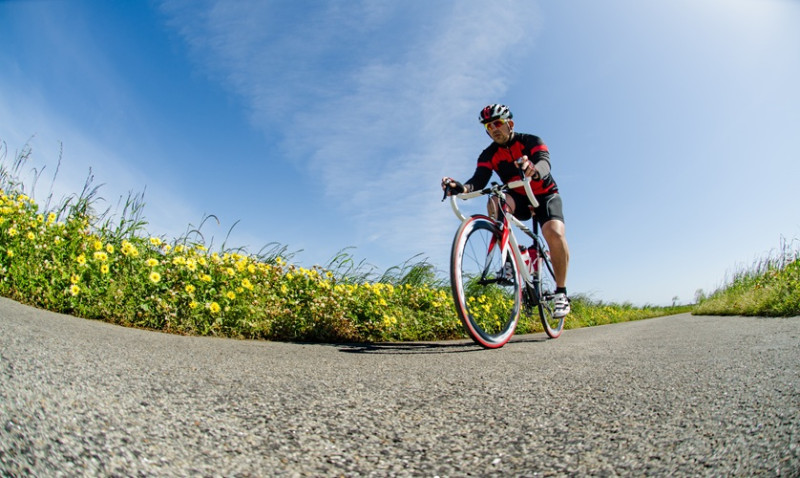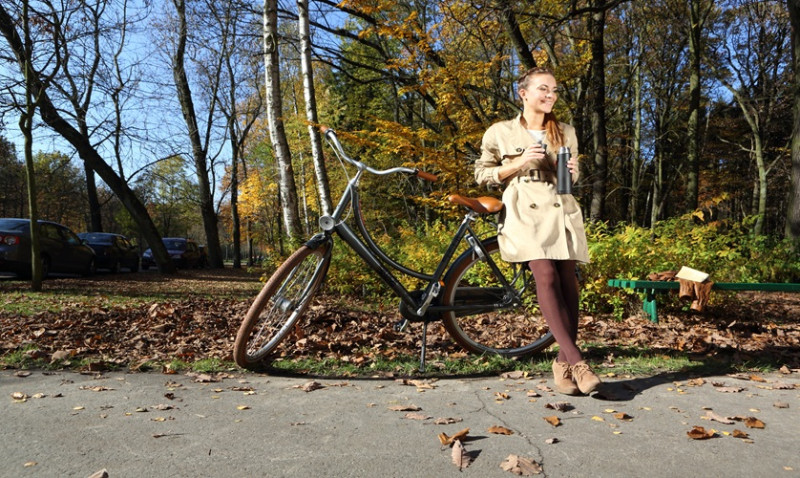
Road cycling is one of the most rewarding and sustainable ways to stay fit, explore the outdoors, and commute efficiently. Whether you're a weekend warrior, a professional tradesperson cycling between job sites, an architect commuting between client visits, or simply a fan of DIY and home improvement projects looking to beat the traffic — knowing the rules of road cycling is essential. Mastering safe cycling practices isn't just about obeying the law; it's about protecting yourself and everyone else on the road.
Understanding Your Responsibilities as a Cyclist
As a road cyclist in the United Kingdom, you are required to follow the same traffic laws that govern motor vehicles. That means stopping at traffic lights, yielding priority where appropriate, and staying in the correct lane. Cyclists are considered road users by law, and with that comes an expectation of responsibility and awareness.
Just like motorists, cyclists are expected to signal their intentions clearly, maintain safe speeds, and avoid reckless behaviour. Knowing your responsibilities ensures both your safety and that of pedestrians, motorists, and fellow cyclists. Proper road behaviour helps build mutual respect on shared roads — something especially crucial for UK roads, which can be narrow and busy, especially in urban areas.
For example, when riding in the city, be extra cautious near buses and lorries, especially at junctions. These vehicles have large blind spots, and many cycling accidents happen when riders try to filter up the inside of them. Positioning yourself visibly and safely on the road is key.
Basic Road Cycling Rules in the UK
The Highway Code provides clear instructions for cyclists, and it’s important to familiarise yourself with it, whether you're a beginner or a seasoned cyclist. The Code considers both compulsory rules (laws you must meet) and advisory rules (strong recommendations for safer road use).
Here are some key road cycling rules that you must be aware of:
- You must have white front and red rear lights if cycling at night, and your bike must be equipped with reflectors.
- Always ride on the left-hand side of the road, with the flow of traffic.
- You must not ride on the pavement (unless it's designated as a shared-use path).
- Use cycle lanes wherever available and safe to do so — though their use is not always compulsory, they are designed to protect you.
- Be aware of and obey all traffic signs and signals.
- You must not cycle under the influence of alcohol or drugs — yes, it’s illegal and dangerous.
Adhering to these basic rules not only ensures your safety but also helps promote a better image of cyclists on UK roads — encouraging authorities to develop better cycling infrastructure and safer road designs for all users.
Cycling Road Positioning: Where Should You Ride?
Many new cyclists wonder, “Where should I position myself on the road?” The answer is not always straightforward, but a good rule of thumb is to ride about one metre from the edge of the carriageway or parked vehicles. In many cases, it's safer to "take the lane," especially when the road is narrow and there's not enough space for vehicles to overtake safely.
Taking the lane means positioning yourself in the centre of your lane, particularly when approaching junctions, roundabouts, or pinch points. This can feel uncomfortable at first, especially with cars behind, but it’s often the safest place to be, improving your visibility and discouraging unsafe overtaking.
If you're riding with another cyclist, it’s legal to ride two abreast, although single file is often more courteous on narrow or busy roads. However, riding two abreast can improve safety in certain conditions — such as strong winds or child riders needing supervision — by making the group more visible to motorists.
Essential Safety Gear and Clothing
Before setting off on your ride, make sure you’re fitted out with the appropriate gear. Safety doesn’t stop with good road sense; it extends to what you wear and how your bike is equipped.
Here are some must-have items for road safety:
| Safety Item | Why It Matters |
|---|---|
| Helmet | Protects your head in case of falls or collisions (not legally required but highly recommended). |
| High-visibility clothing | Makes you more visible to motorists, especially in low light. |
| Lights (front and rear) | Required at night; crucial for visibility to others and to see where you’re going. |
| Reflectors | Enhances visibility from all directions. |
| Bell or Horn | Important for alerting pedestrians as per Highway Code Rule 66. |
Don’t forget maintenance tools either. Carrying a puncture repair kit, hand pump, and multi-tool ensures you're prepared for mechanical issues — especially important if you're cycling to work or on a long journey between DIY job sites.
Understanding Hazard Awareness and Road Etiquette
One of the most critical skills any road cyclist can develop is hazard awareness. This involves anticipating potential dangers before they become critical. Look out for opening car doors, potholes, slippery drain covers, and pedestrians stepping into cycle lanes without looking.
Take particular care at junctions, where over 60% of cycling accidents occur. Always make eye contact with motorists where possible and signal your intentions clearly. Don’t assume that a driver has seen you — many accidents result from poor communication between cyclists and drivers.
Road etiquette also plays a huge role in safety. Acknowledge other road users with a wave or nod when appropriate, particularly when they give you space. Use your bell respectfully to alert pedestrians on shared paths. Remember, patience and politeness can go a long way to make roads safer for everyone.
Legal Considerations and Insurance
While there is currently no requirement to carry insurance for cycling in the UK, it's strongly advised — especially if you use your bike regularly for work, deliveries, or client visits. Public liability insurance can protect you financially if you're involved in an accident where another party is injured or property is damaged.
Likewise, understanding the legal framework around cycling is important. If you’re ever involved in an accident, knowing your rights and responsibilities can significantly affect the outcome of any legal or insurance proceedings. Local councils across the UK are also investing in cyclist education programmes which may be worth exploring.
Consider registering with British Cycling or Cycling UK for access to legal support services, discounted insurance, and community guidance.
Conclusion: Ride Smart, Stay Safe, Enjoy the Journey
There's no denying the numerous health, environmental, and economic benefits of cycling — but safety and awareness must come first. By understanding and following the UK’s rules of road cycling, from positioning to legal responsibilities and safety gear, you empower yourself to ride confidently and safely.
Whether you're cycling for fun, commuting to site visits, delivering tools, or simply zipping through town on your next DIY mission, smart road cycling starts with informed habits. Stay visible, stay predictable, and stay alert — the key principles of a safe ride.
Happy cycling, and remember: the road is for everyone.





